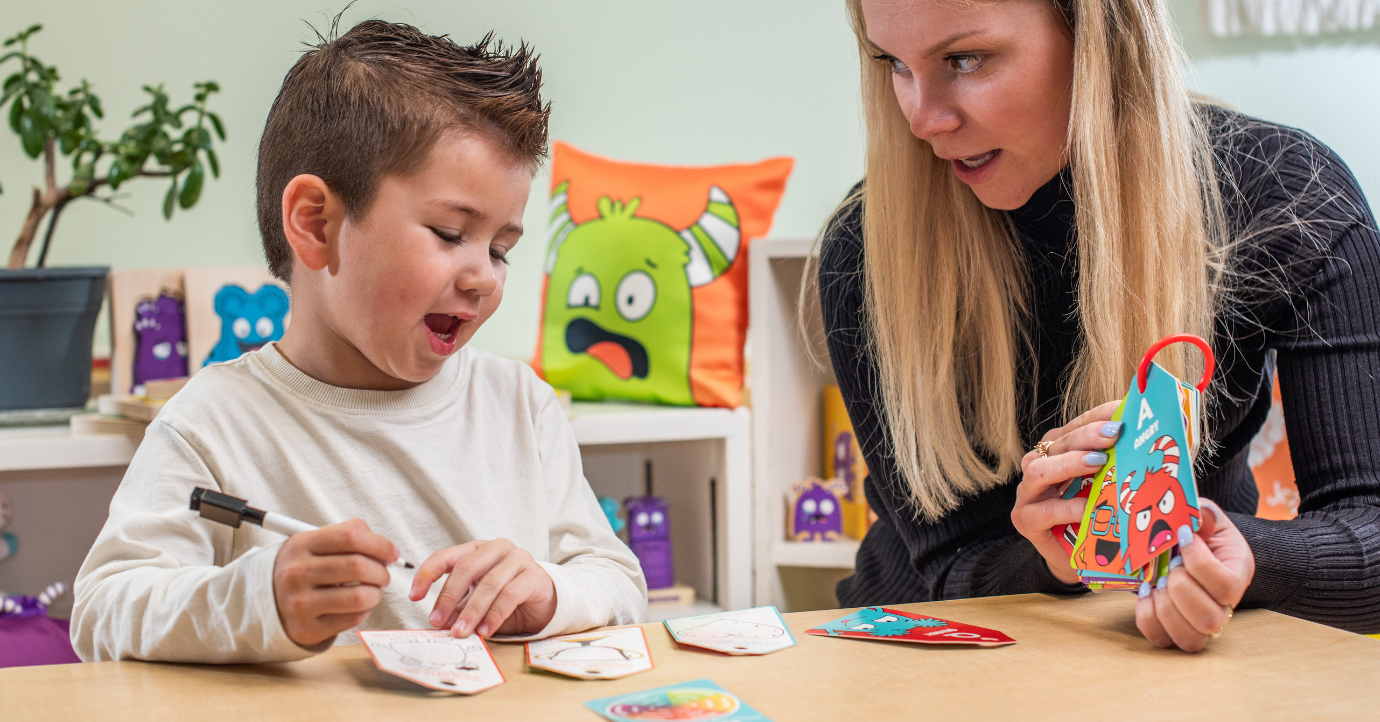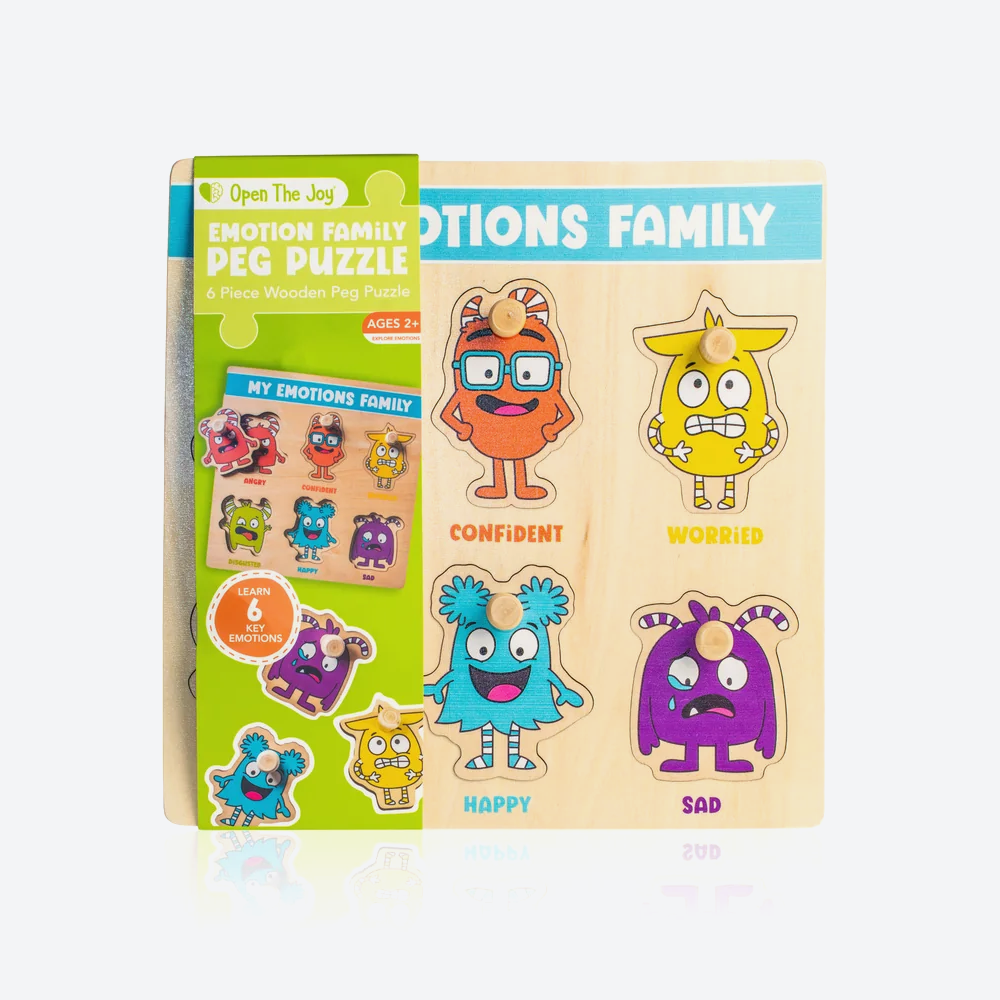Finding Words for Big Feelings

The surprising neuroscience behind why naming emotions instantly diffuses their power—for both you and your child.
THE EMOTIONAL VOCABULARY GAP
Most parents received minimal training in identifying and expressing complex emotions, creating an invisible barrier to supporting their children.
THE NAMING PHENOMENON
The simple act of labeling emotions activates different neural pathways, significantly reducing their intensity within seconds.
THE CONNECTIVE PAYOFF
When you accurately name what your child is feeling, you create immediate safety and validation that no behavioral strategy can match.
THE PERMISSION THAT CHANGES EVERYTHING 🗣️
Have you ever noticed how sometimes, just hearing someone say "I know this is hard" can bring instant tears of relief?
During our daughter's medical journey, I experienced a pivotal moment when her doctor simply looked me in the eye and said, "I know this is incredibly frustrating." He didn't offer solutions or explanations—just acknowledgement.
Those seven words gave me permission to feel what I was feeling without shame or judgment.
Before we can help our children navigate emotions, we need this fundamental tool ourselves.
THE NEUROSCIENCE OF NAMING EMOTIONS 🧠
The phrase "if you can name it, you can tame it" isn't just a catchy saying—it's backed by compelling neuroscience:
When emotions remain unnamed, they activate the amygdala, your brain's alarm system, creating:
-
Intensified emotional experiences
-
Difficulty thinking clearly
-
Physical sensations of stress
When you accurately label emotions, you activate the prefrontal cortex, which:
-
Reduces amygdala activity by up to 50%
-
Creates psychological distance from the feeling
-
Enables more thoughtful responses
This is why children (and adults) often calm significantly just by hearing: "You're feeling disappointed that we can't go to the park today."
YOUR STRATEGIC NEXT STEP
This week, practice expanding your emotional vocabulary with this three-step approach:
-
Notice physical sensations in challenging moments (tight chest, clenched jaw)
-
Get specific beyond basic labels (instead of "angry," try "frustrated," "disappointed," or "overwhelmed")
-
Validate the emotion without trying to fix it ("It makes sense you feel that way")
Start by building your own emotional vocabulary before expecting your child to develop theirs. When you model this skill consistently, you're teaching your child one of life's most valuable tools for resilience.
Remember: Children who can accurately name emotions develop stronger executive function, social skills, and academic performance—all from this seemingly simple skill.




